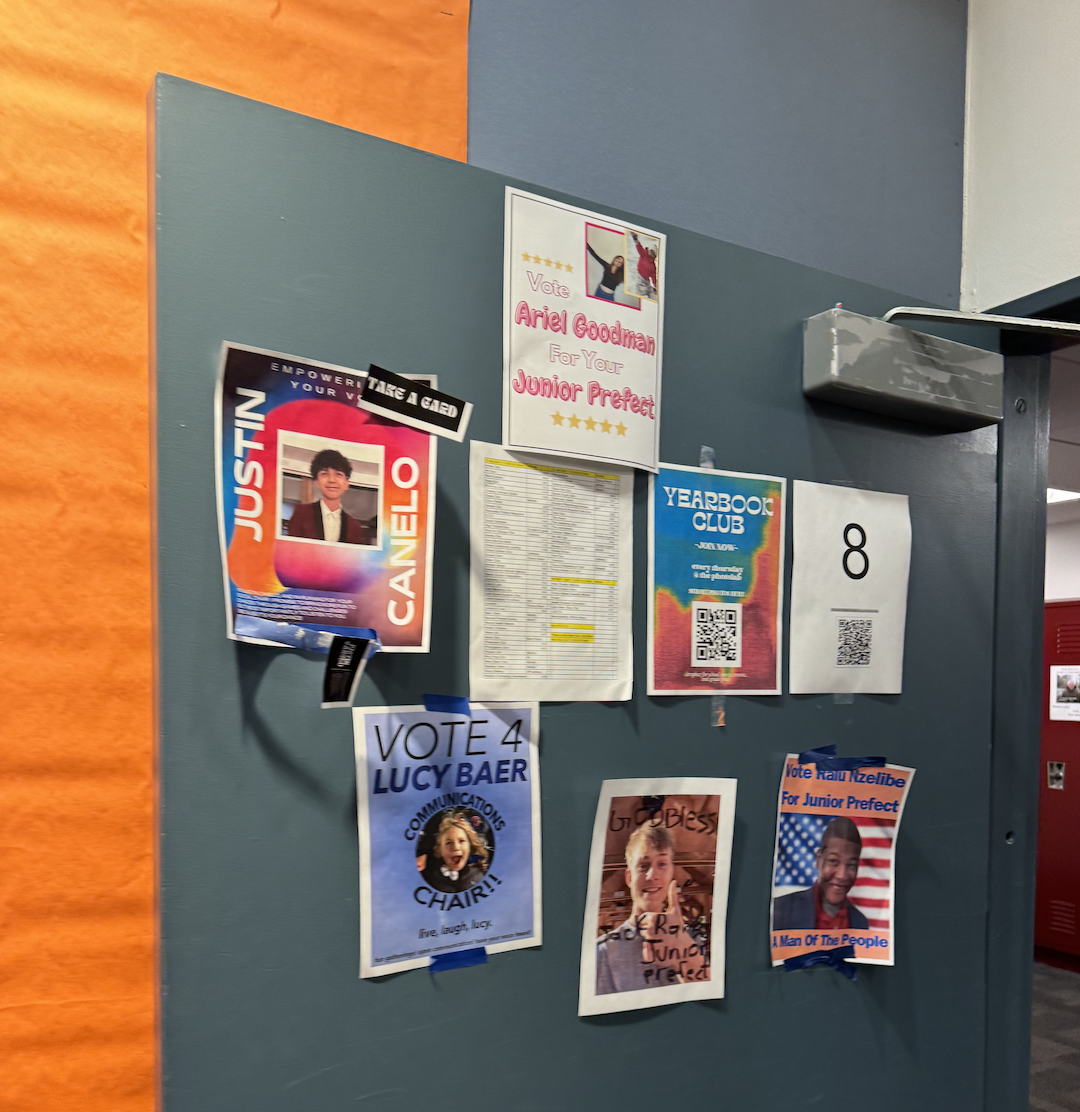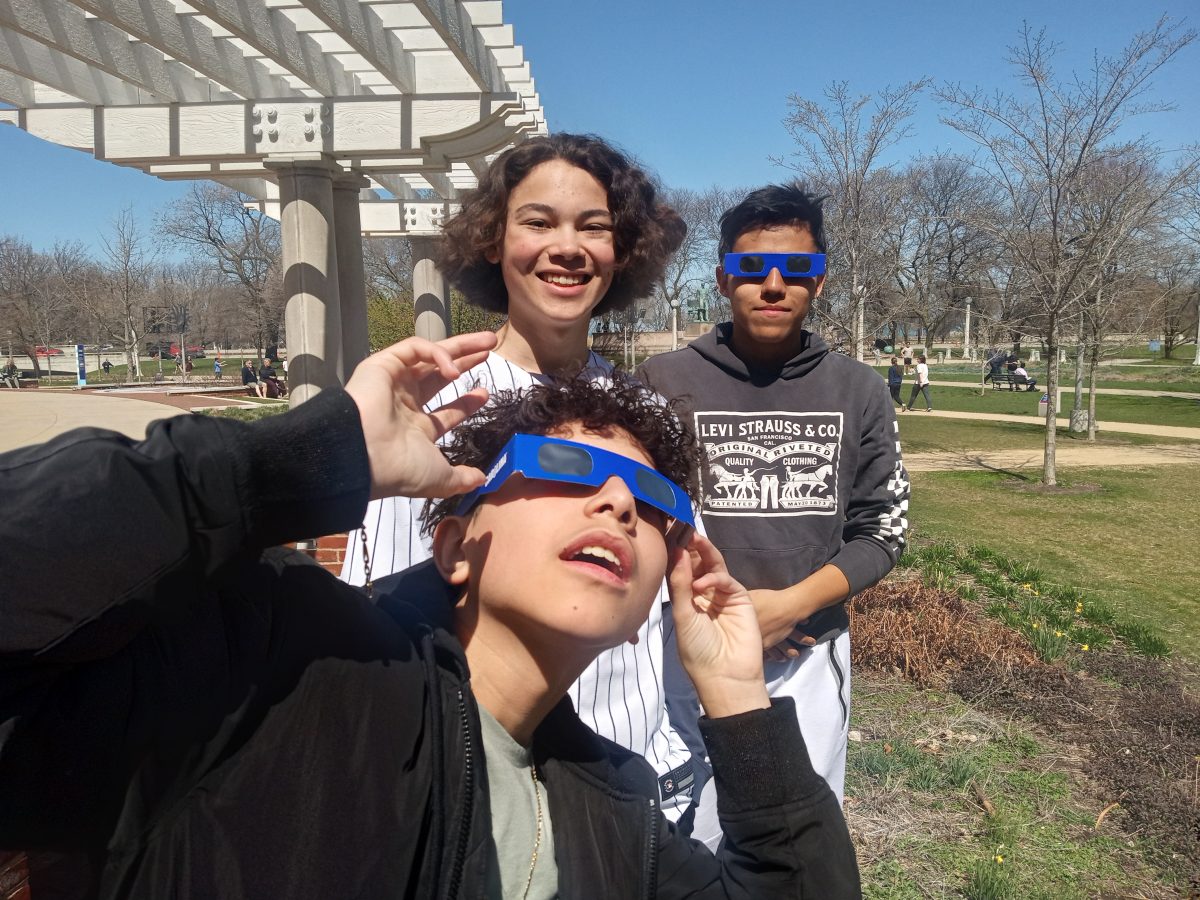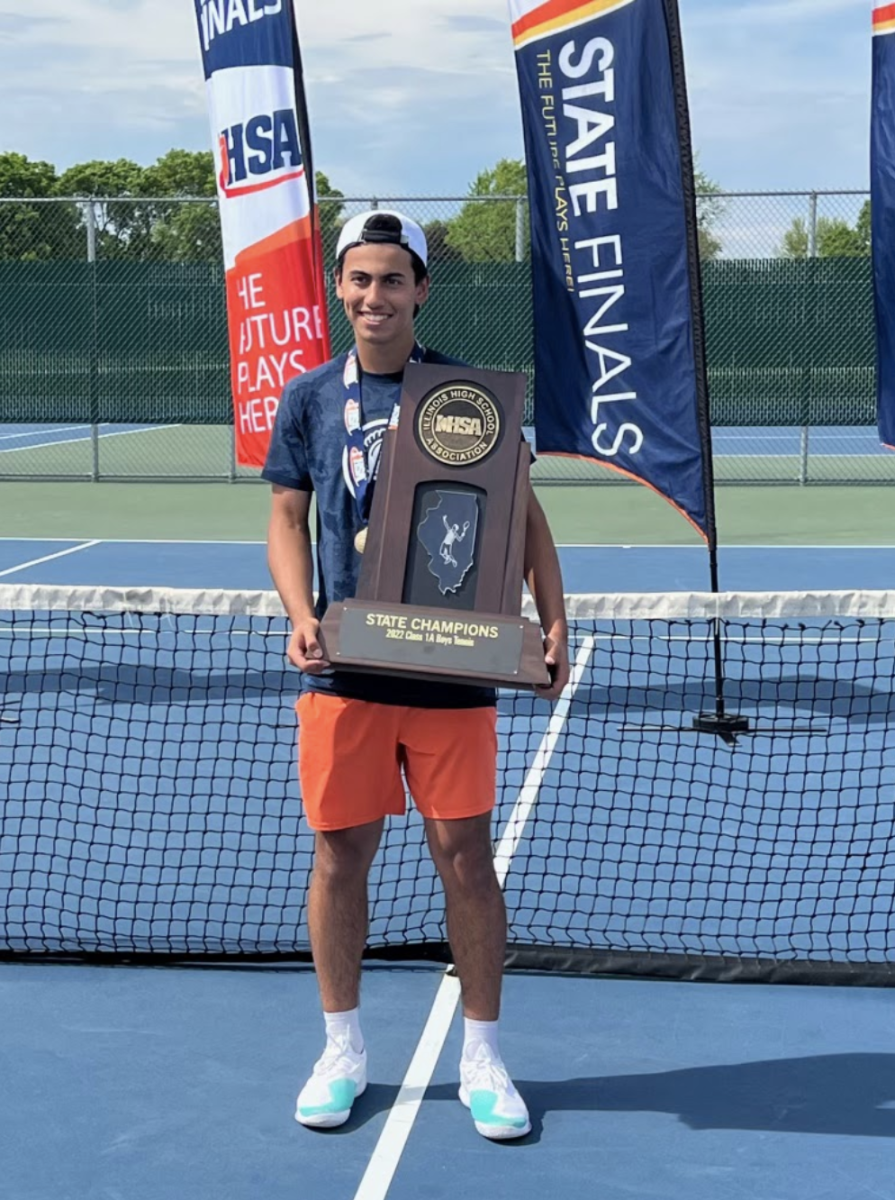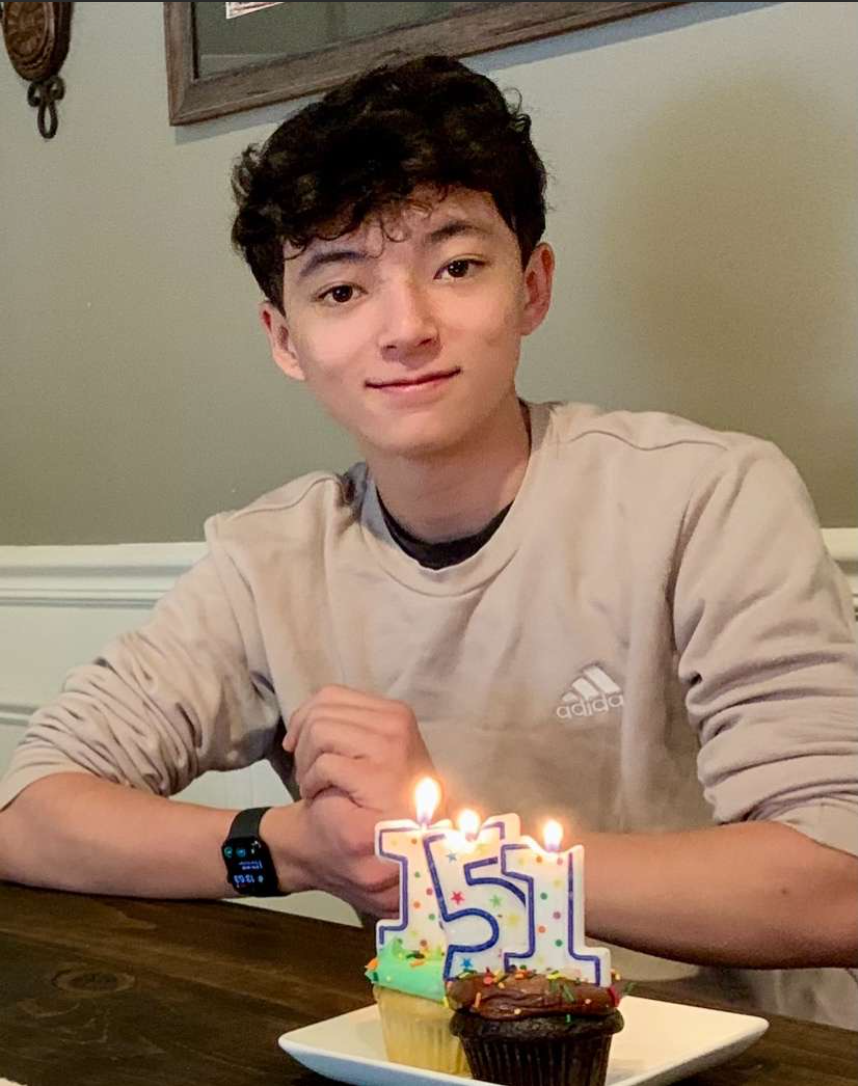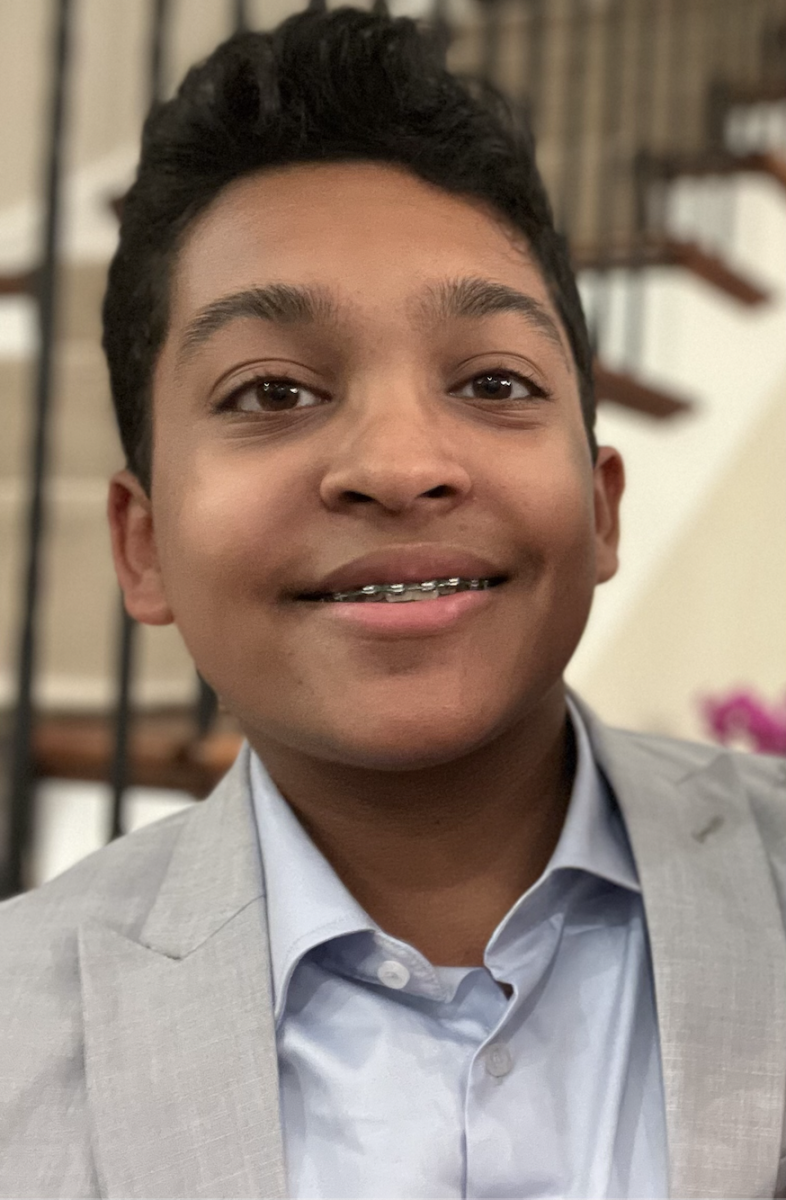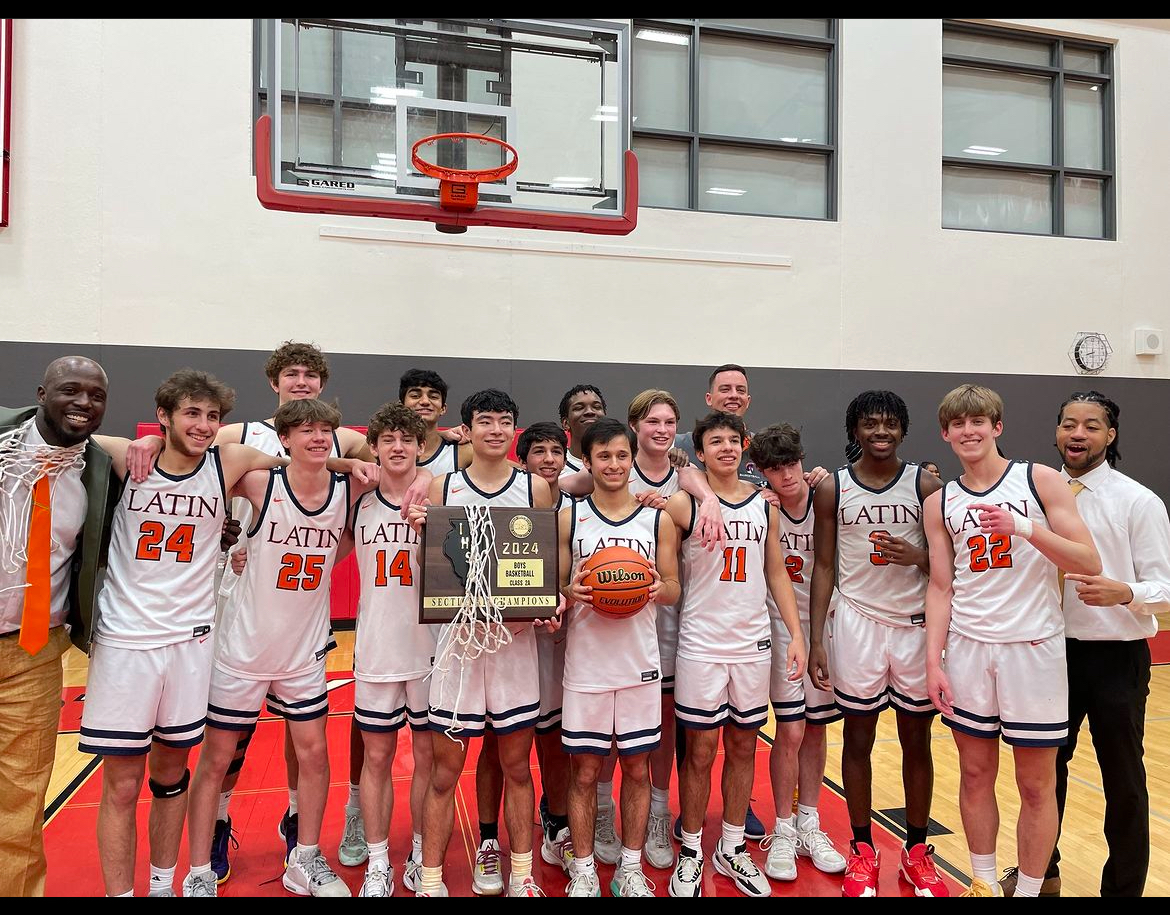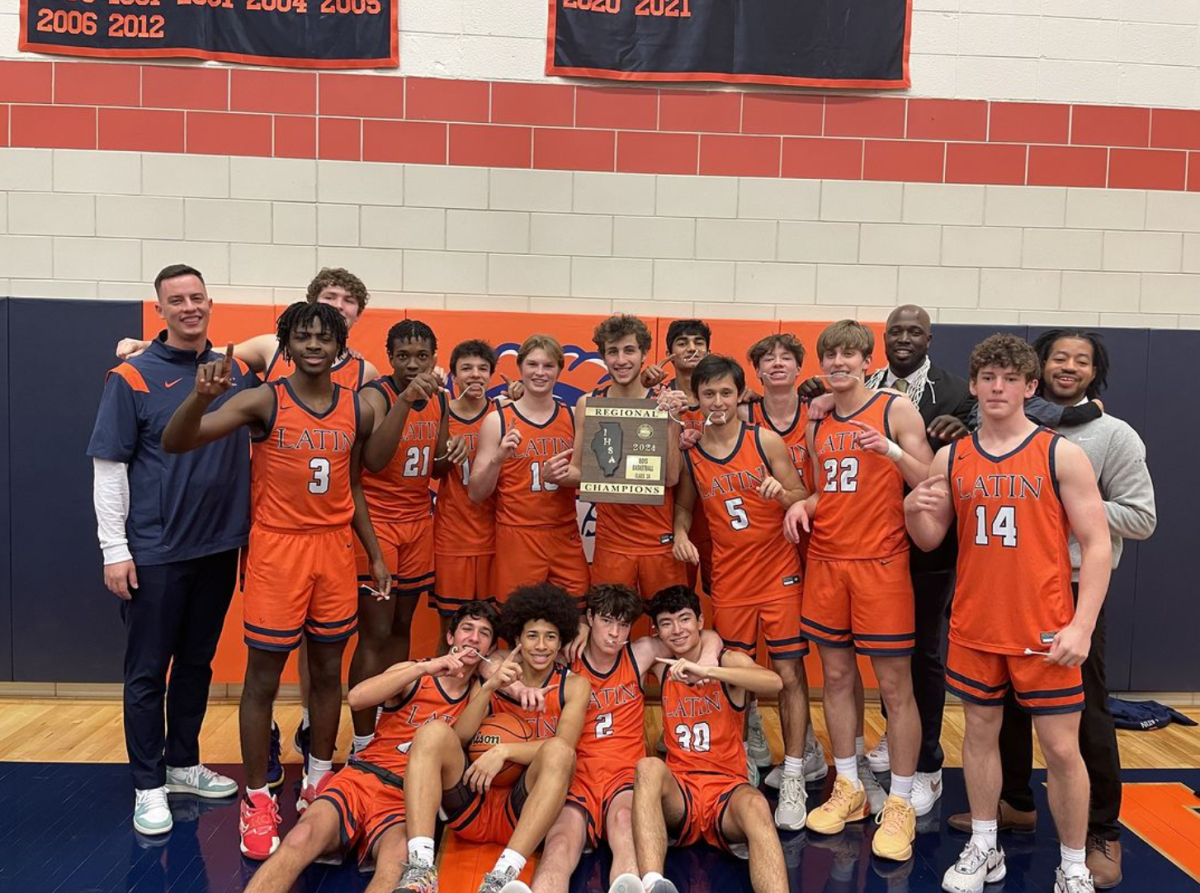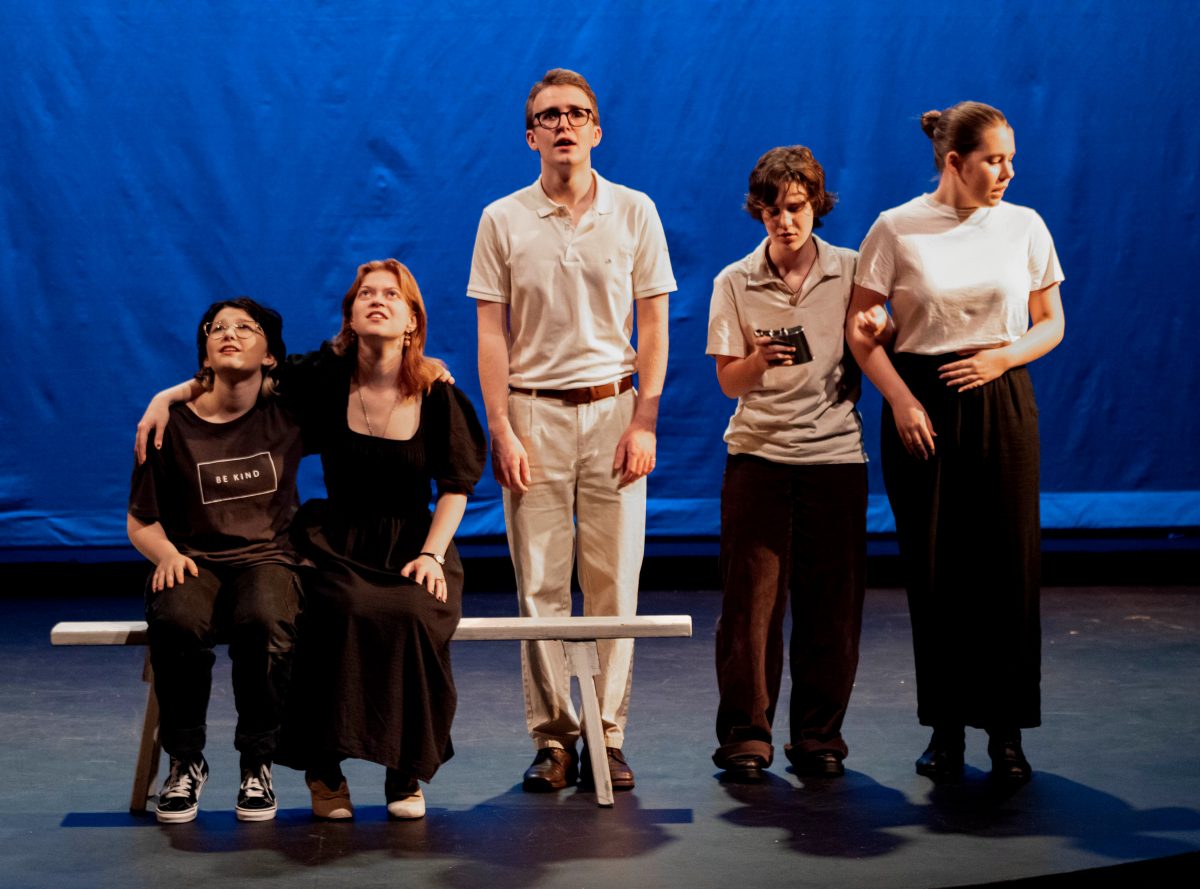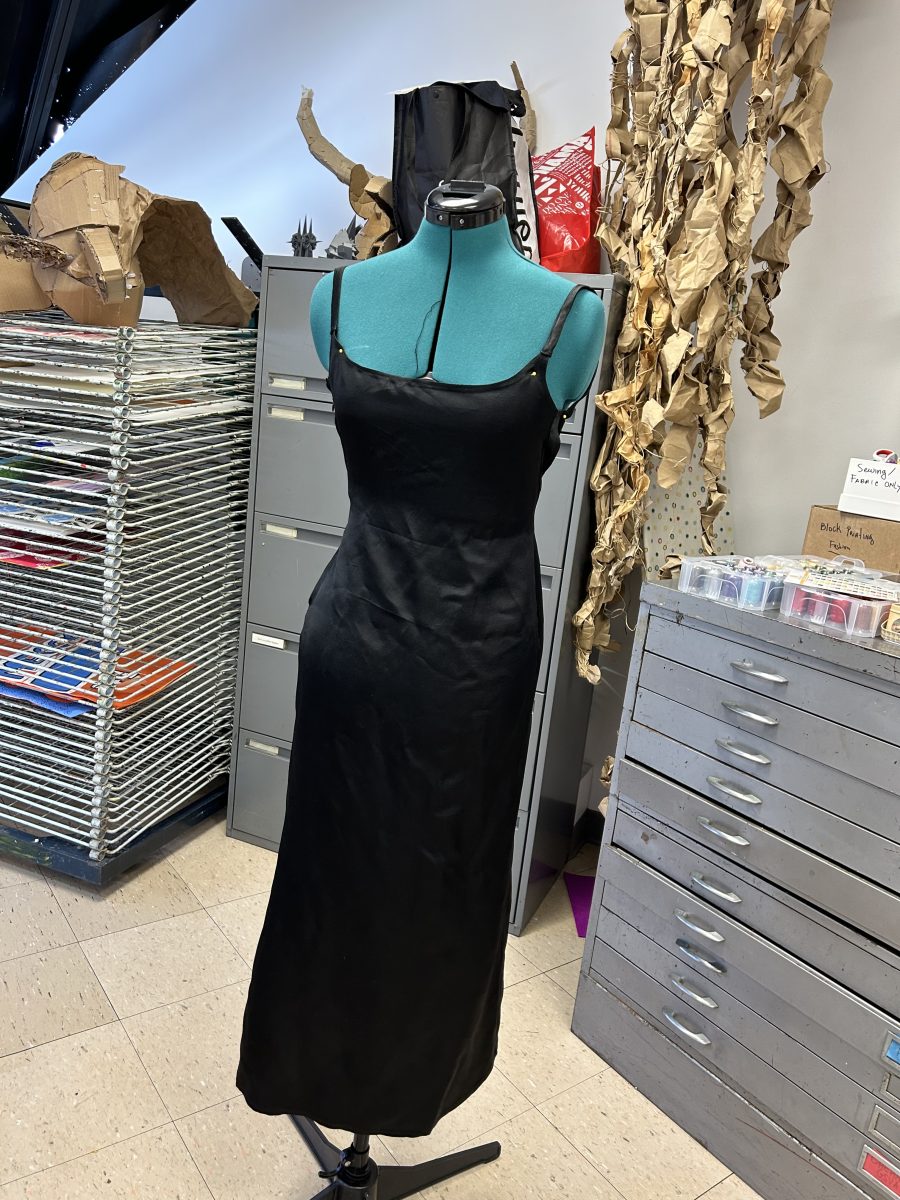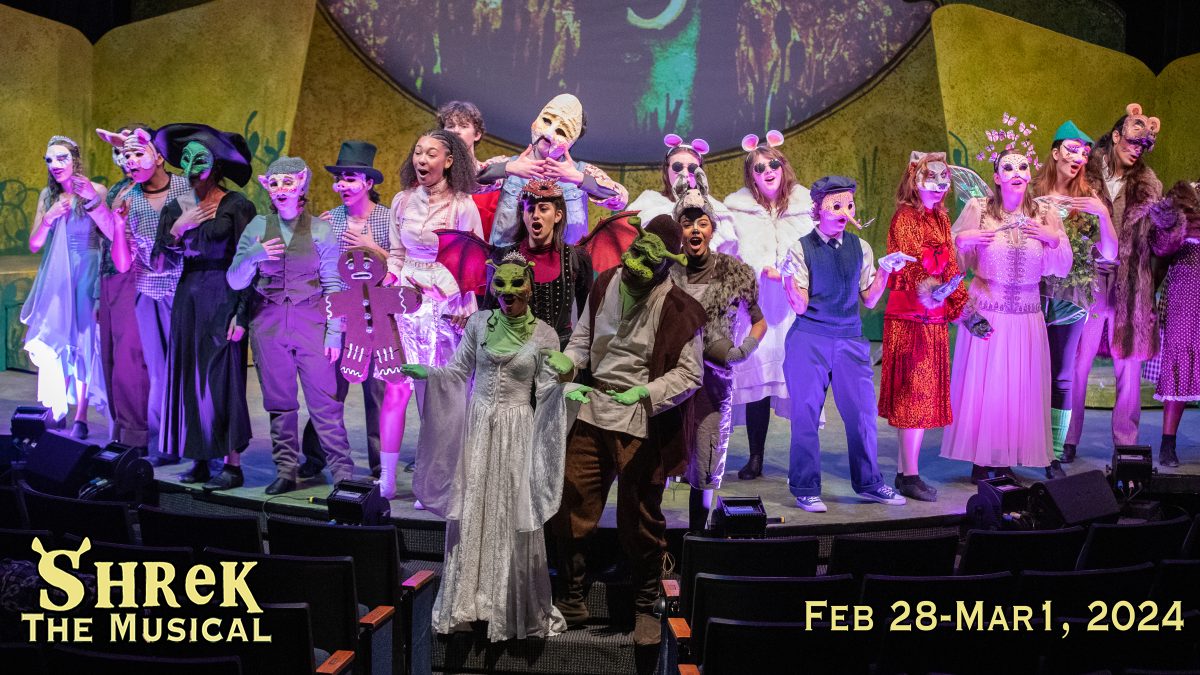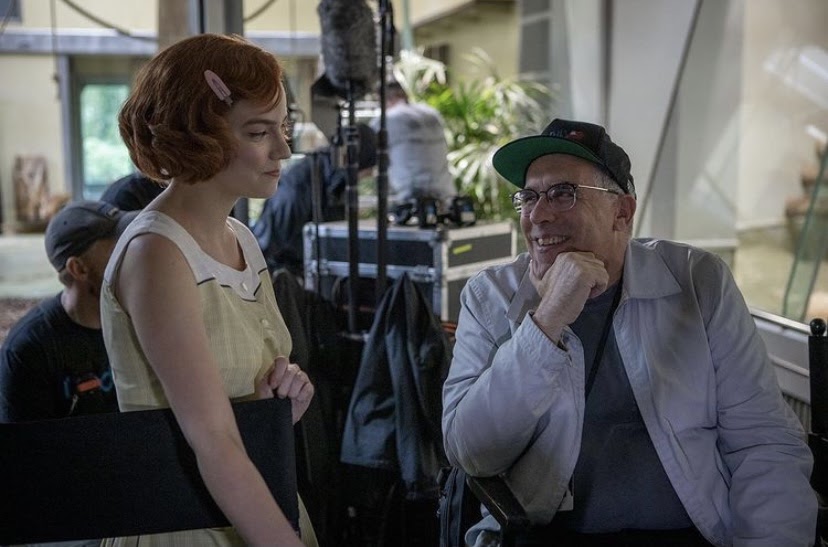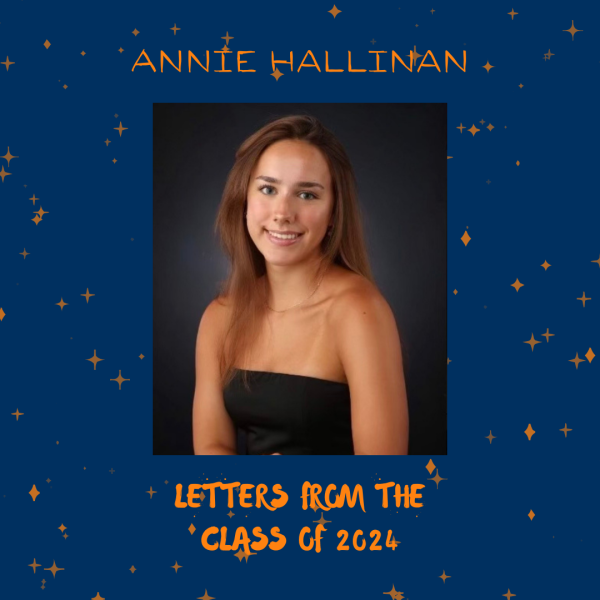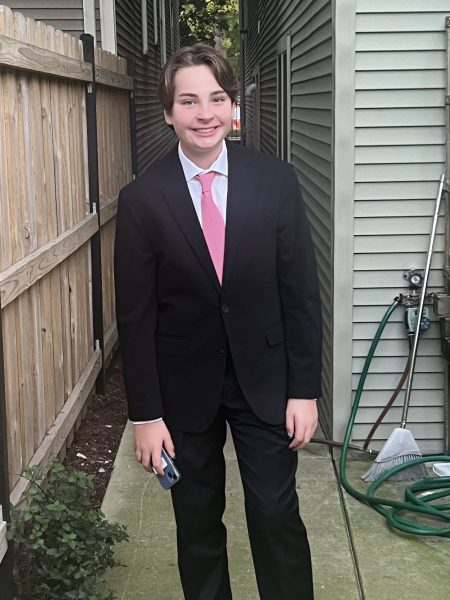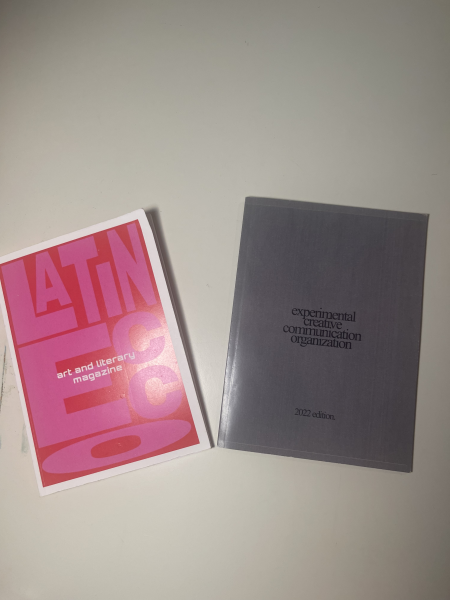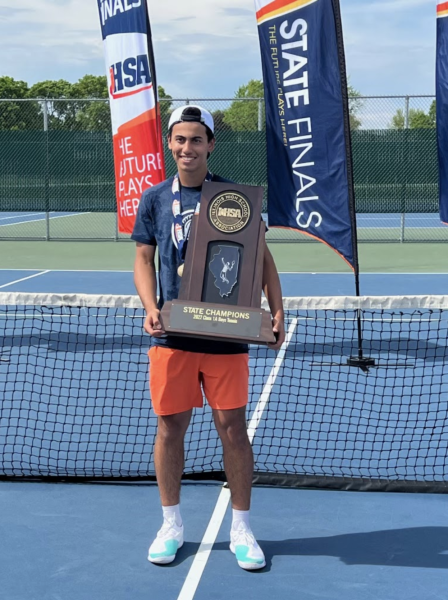Interview with Executive Producer of The Queen’s Gambit: William Horberg ‘76
During quarantine, many spent their time watching The Queen’s Gambit, the temporary record-holder for most watched series on Netflix. For those who stuck around for the credits, one name in particular might have stood out: Latin alum, and executive producer, William Horberg ‘76.
Horberg did what most Latin students do after graduation: He enrolled in a four-year university. But unlike most, he soon transferred out of Wesleyan University to Berklee College of Music, where he studied for three semesters until he dropped out and opened a movie theater. From there, he went on to produce Hollywood cult classics such Cold Mountain, The Talented Mr. Ripley, and most recently, The Queen’s Gambit. Whether it be ethereal landscapes of summer in Italy in The Talented Mr. Ripley or the captivating plot of The Queen’s Gambit, Horberg found success in Hollywood through his willingness to take risks and turn his passions into a profession.
While living in Boston, he practiced music 12 hours a day and lived in what he described as “a squalid place above a liquor store.” When he wasn’t practicing music, he was going to see nighttime movies with his friend and fellow Latin alum, Albert Berger ‘75, who attended Tufts University and ran the school’s film society.
“I loved how there was such an incredible, rich scene in Boston of all of these theaters that showed foreign films and classic films and 24-hour movie marathons, because it’s a huge college town,” Horberg said.
After living in what he described as “this double life between music and film” in Boston, Horberg felt that “there just wasn’t anything like that in Chicago” and wanted to recreate the movie-going scene in his own way.
Horberg and Berger opened The Sandburg Theatre. They found a closed-down movie theater with bunny logo carpeting on Dearborn and Division, a theater that also happened to be the Playboy movie theater—it was right across from none other than the original Playboy Mansion. Opening it as a repertory theater, Horberg said, “We would change films three times a week, show double features, and have a few, fair number of premieres of independent films or foreign films.”
Horberg and Berger didn’t run commercial movies, since those were usually booked in circuit theaters. Instead, they showed classics from Hitchcock thrillers to John Ford Westerns to François Truffaut New Wave. “There wasn’t the kind of independent film world then that there is today; there was no Sundance Film Festival, and there wasn’t much of people making films outside of the studio system. But there were a few, and we would show those films and often have the filmmakers come and talk to the audience,” said Horberg. He found the programming side of the business to be fun. “You got to be really creative, and you could kind of screen whatever you dreamed up.”
Working in the movie theater also proved fruitful for his future endeavors, as he could see what type of movies people showed up for. “It turned out to be, for me, a very interesting way into making movies because I had so much of an experience of sitting in theater, with an audience watching movies and seeing how they play and what was the most engaging for people.”
“In retrospect, [opening the theater] seemed both a risky and not obvious thing to do, but it was a great adventure.” For anyone from an occasional movie-goer to a learned cinephile, the right movie is a form of escapism, and Horberg was in the business of providing that escape to anyone who walked through the front doors. “Having a movie theater open to the public, you’re open seven days a week, 52 weeks a year. You’ve got people coming in of all colors, stripes, sizes, walks of life. So it became a bit of a family, the people who worked there, the regular customers who would show up to almost everything we showed.”
“But in the wake of his best friend and band-mate, Tim Alcock, passing away at a young age, Horberg said, “I pivoted towards movies and I decided to leave Chicago to move to Los Angeles and pitch my tent in Hollywood and see if I could find a job out there.”
In Hollywood, Horberg landed a job as a creative executive—“I thought the name was kind of an oxymoron,” he said with a chuckle—at Paramount Pictures, a job he described as both his “undergrad and grad school” in the January 11th episode of the Latin Learner Podcast. His pivot from being an entrepreneur and developing his own projects to working in the production end meant he “went from being a seller to being in the buyer’s seat,” and, consequently, went from 20 to 200 phone calls a day.
“Instead of cold calling people and trying to get them interested in your ideas and selling them and presenting them, everybody wants to get their content made and you’re one of the people who at least has access to the decision makers. So that was really eye opening to me,” Horberg explained.
Working at Paramount Pictures, he learned to stay focused on his long-term goals. “I felt like you had to have some kind of a compass or some kind of an affinity, let’s say, for the things you were trying to do, or you would fail at them, or you couldn’t help other people achieve them.” For example, he said, “You couldn’t pretend to be the ‘teenage slasher Friday the 13th’ person—you either were that or you weren’t. And if you were, those kinds of stories and filmmakers would gravitate towards you, and you’d find them, and you’d know how to make the best versions of them. If you weren’t and you got kind of handed it, your instinct would be off, like a piece of music that’s in the wrong key.”
As a film lover at heart, he said, “I was really interested in telling stories, learning about how to solve the problems of telling the stories, the kind of dramaturgy, what worked, how to talk to writers, give notes on scripts, talk to directors and look at cuts of movies. It was kind of an editorial job in a certain way, creatively,”
His job entailed different roles. He was “a little bit of a cheerleader and psychologist and motivator and always trying to get people to do their best work and get people to be on the same page.” His job also involved playing the bad cop. “Every project has limitations in terms of time, money and resources. People have to play within the box, and movies have a tendency to go outside the box—big, big egos and big, big power dynamics, and then stuff happens that nobody can predict and nobody can control,” he said.
With the studio having 150 projects in development at any given time and 18 to 22 movies being released a year, he also learned the nuanced skills of producing. “I certainly went into a picture view and stayed at 30,000 feet, and when you had to zoom in and get into the weeds and deal with problems—either interpersonal problems, process problems, or creative problems—problem solving I would say is absolutely the sine qua non of being a producer,” he said. “That’s what you do every day, just solving different kinds of problems.”
As much as the sine qua non of being a producer lies in problem solving, one cannot produce if one doesn’t first have projects. Horberg always looked to books as inspiration for movies, and for his latest work, The Queen’s Gambit, “It was very much about the book,” he said. He attributes his appreciation for literature to his Latin School education. “I had all these amazing teachers, and several of them really inspired in me a love of literature,” he said. He also had a job as a doorman for several summers and would “just sit there and read Moby Dick or Bleak House, all these epic books, so when I made my way into film, I read a lot of screenplays, and I was also reading novels and plays, always looking for great stories that I thought could be the basis of an interesting movie.”
Horberg explained that his criteria for a new project is that he “has to fall in love.” With the novel The Queen’s Gambit by Walter Tevis, Horberg was nothing short of in love. The novel was recommended to him by none other than Michael Ondaatje, winner of the Booker Prize and author of the novel The English Patient. “He told me it was a book he read every couple years to remember how to write.”
“So I, of course, ran out to get a copy, going, ‘Wow, what’s the book that Michael Ondaatje holds up as a kind of touchstone and muse?’ and I read it with that same fervor.”
“It just has such an interesting and kind of hard to analyze quality but, from the first page, he really hooks you into this character, Beth Harmon, who’s just really original and, with her circumstances, you just find yourself turning the pages going, ‘What is going to happen to this girl. Like, what is up?’ and it takes you to such a surprising place in terms of both her discovery of her talent and her genius for chess, but also her addictions, her adoption, her coming of age, and her disconnection from other people and her loneliness. So it just had so much going on, that I really devoured it and loved it. I put it down and said, ‘Why hasn’t anyone made this?”’
Many people, however, tried to bring the story to the big screen before its eventual release in 2020. Producer Allan Scott, who Horberg became friends with in the mid-1990s, first bought the rights to the film in 1989, and the project went through many filmmakers, including Italian director Bernardo Bertolucci, as well as Australian actor Heath Ledger. “In fact, it almost got made the first time with Molly Ringwald,” Horberg said.
By the time Horberg read and became infatuated with the novel, about 20 years ago, he began to investigate the rights. “I found out kind of serendipitously that the rights were owned by this guy that I knew [Allan Scott], and I reached out to him and said, ‘What’s up?’ and ‘Is there a possibility that I could help you, and maybe we could join forces and figure out how to finally get this made?’”
Getting the series made, however, proved harder than expected. “We just couldn’t find a way to get it financed,” he said. “The perception from the commercial marketplace was that the subject matter of chess was just too narrow and too limiting, and I also think, in a way, some of the misogyny that Beth experiences in the chess world has certainly been a hallmark of the roles for actresses that get financed in Hollywood, so I think a young girl protagonist in a chess story was just a real tough sell.”
As with anything, timing is everything. “It seemed to me, now in hindsight, that it really needed to wait for the whole world to change and for the advent of these streaming platforms like Netflix, Hulu, and Apple—for the embrace of these various formats. You’re not locked in to a three-act, 90-minute movie, which allowed us to go back to the book and really dig much deeper and expand the story, because as a movie, in some ways, it really got reduced to a sports narrative, which was fun, but kind of conventional in a certain way.” He found that with the limited series format, as opposed to a movie, the subject matter could “really become what it wanted to be about.” Which was, he said, “this character and her emotional journey through all of these relationships, and various experiences, and chess, of course, is a big part of it, but it’s not about that. It’s really about her and her kind of reconnecting with herself and her humanity.”
He said he hadn’t expected the amount of success the show received, or even the boom in chess set sales and young women signing up for chess clubs. Latin senior Olivia Katz said she had wanted to learn how to play chess for a while, but finally learned after watching the show. “I think this show was one of the first times that chess was portrayed so vividly—watching Beth Harmon play in chess tournaments, hearing the characters talk about specific chess openings and moves, it all made me super excited to learn the game,” she said.
Horberg added, “It just shows, you can’t ever predict when something’s gonna touch the zeitgeist in that way, it just happens. This came at the right time.”
While Horberg found success in one of America’s most cutthroat industries, he first had to learn the tools to get there.
“Be true to yourself. Read a lot. See a lot. Develop your gut,” Horberg said when asked to offer advice to Latin students. As he did with film, “Try to understand what you like and why you like it.” But to do that, one must expand their scope first. “Be flexible in terms of being open to new ideas and tastes, and try new things to see if you like them or not.” Lastly, “I think you have to have a thick skin, be persistent, and find ways to try to convince other people of your point of view without being obnoxious. Trying to get them to think it’s their idea is usually one of the best techniques, if you can master it,” he said with a laugh.

Ashna has been writing for The Forum since freshman year, and it remains one of her favorite activities. She also enjoys working out, making...

